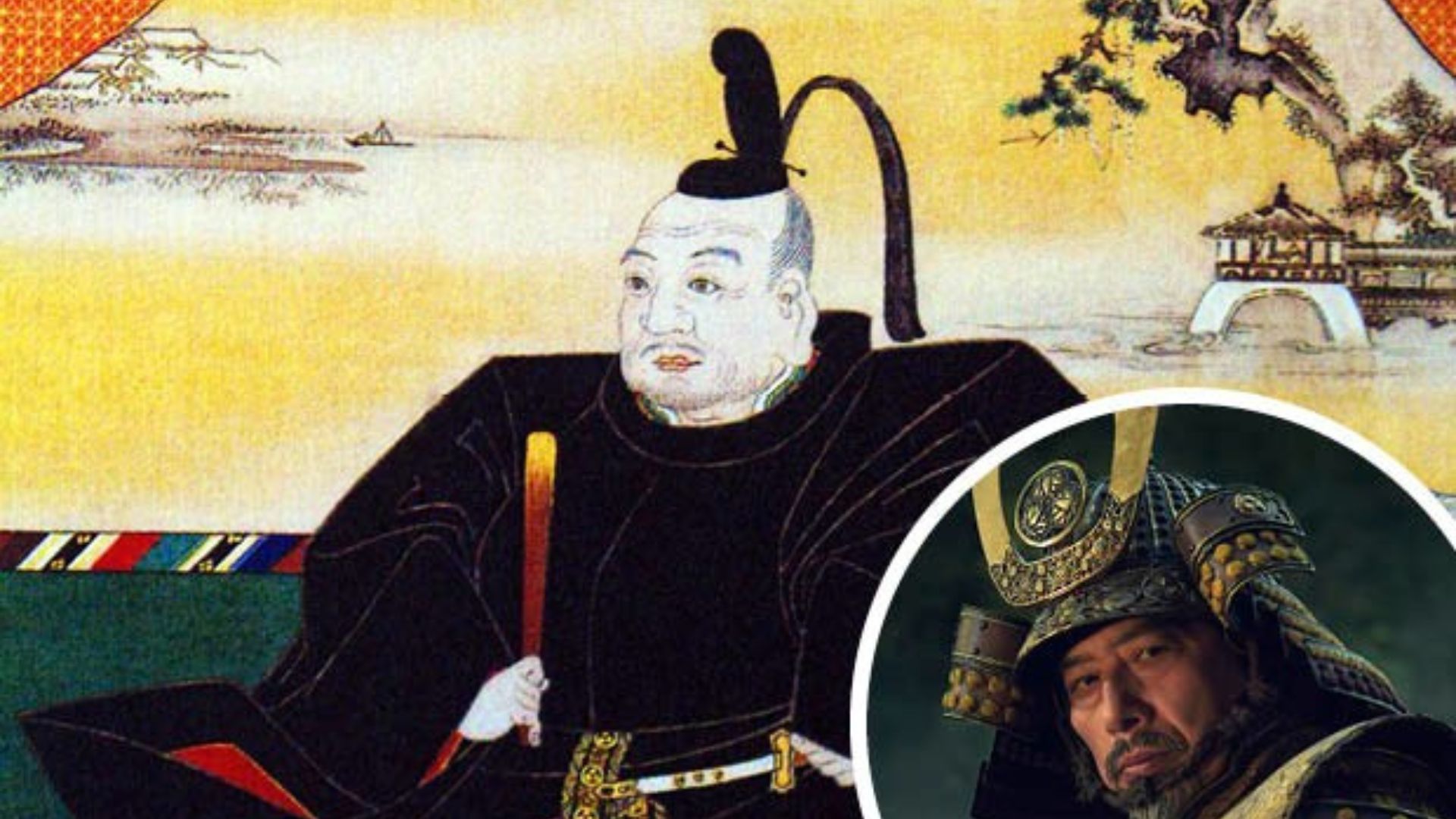Toyotomi Hideyoshi is one of Japan’s most remarkable historical figures, renowned for his extraordinary journey from humble origins to becoming the country’s supreme ruler. His life story is a testament to ambition, strategic brilliance, and the capacity to overcome immense odds. From his early days as a peasant to becoming a powerful samurai and unifier of Japan, Hideyoshi’s rise serves as a defining narrative in Japanese history.
The Early Life of Toyotomi Hideyoshi
Hideyoshi was born in 1537 in the Owari province (modern-day Aichi Prefecture) to a peasant family. His birth name was Hidenaga or Kinoshita Takanori, and he came from the lowest echelons of society. His family was poor, and there was little expectation that he would rise beyond his humble roots. However, Hideyoshi’s early life was marked by determination and ingenuity, traits that would define his future.
As a young man, Hideyoshi worked as a foot soldier under the warlord Oda Nobunaga, one of the most influential military leaders of the Sengoku period (1467-1615). At the time, Japan was fragmented into various warring factions, and the country was in the midst of a constant state of civil war.
The Rise to Prominence
Hideyoshi’s rise to prominence is one of the most dramatic in Japanese history. Through his loyalty, military acumen, and fearless leadership, he steadily earned Nobunaga’s trust. He was initially assigned as a foot soldier, but his brilliant tactics and keen strategic mind quickly caught Nobunaga’s attention. Hideyoshi’s efforts during key battles helped Nobunaga expand his power, earning him promotions, and eventually, high-ranking positions within Nobunaga’s army.
One of Hideyoshi’s most notable contributions to Nobunaga’s campaign was his role in the Battle of Anegawa in 1570, where he played a pivotal role in defeating the combined forces of the rival Takeda and Mori clans. This victory helped solidify his reputation as an astute military strategist.
As Nobunaga’s most trusted general, Hideyoshi led several successful campaigns, including the famous Siege of Takamatsu in 1579, which further cemented his status as one of Japan’s leading military figures.

The Death of Nobunaga and Hideyoshi’s Ascendancy
The turning point in Hideyoshi’s rise came in 1582 when Oda Nobunaga was betrayed and forced to commit seppuku (ritual suicide) by his general Akechi Mitsuhide. In the wake of Nobunaga’s death, Japan was once again thrown into turmoil as various warlords vied for control of the fragmented country.
Despite the political vacuum, Hideyoshi quickly moved to seize power, first by avenging Nobunaga’s death. In the Battle of Yamazaki, Hideyoshi decisively defeated Mitsuhide and secured his position as Nobunaga’s successor. This victory laid the foundation for Hideyoshi’s ultimate goal of uniting Japan under his rule.
In 1583, Hideyoshi managed to outmaneuver his rivals and consolidate power. He became the de facto ruler of Japan, although he did not assume the official title of shogun (military dictator) as he had once served under Nobunaga, who held that title. Instead, Hideyoshi took the title of kanpaku (regent), which allowed him to exercise full control over Japan without having to claim the shogunate.
The Unification of Japan
Hideyoshi’s strategic brilliance was on full display as he worked to unify Japan. Over the next few years, he succeeded in consolidating control over the remaining independent provinces. He brought key regions, such as Kyushu and Shikoku, under his rule. In 1590, Hideyoshi successfully completed the Siege of Odawara, defeating the powerful Hojo clan and cementing his control over the entire country.
To strengthen his control, Hideyoshi implemented several significant reforms. He redistributed land, created a cadastral survey (land tax registry), and ordered the construction of the famous Osaka Castle, which would later become a symbol of his power. His reforms also helped reduce the power of samurai clans and centralized authority in the hands of the state.
Foreign Policy and the Invasions of Korea
In addition to domestic unification, Hideyoshi sought to expand Japan’s influence abroad. In 1592, he launched a military campaign to invade Korea, hoping to use the peninsula as a stepping stone to conquer China. The invasion, known as the Imjin War, was initially successful, but Hideyoshi’s forces faced fierce resistance from the Koreans and their Chinese allies, leading to a protracted and costly conflict.
The campaign ultimately ended in failure, and the cost of the war severely drained Japan’s resources. This failure would later tarnish Hideyoshi’s legacy, but at the time, it showed his ambition to make Japan a global power.
The Legacy of Toyotomi Hideyoshi
Toyotomi Hideyoshi’s death in 1598 marked the end of an era in Japanese history. Although he was succeeded by his young son Hideyori, Hideyoshi’s family was unable to retain power for long. In 1600, Tokugawa Ieyasu, one of Hideyoshi’s former allies, defeated the Toyotomi forces at the Battle of Sekigahara, establishing the Tokugawa shogunate, which would rule Japan for the next 260 years.
Despite the eventual fall of the Toyotomi clan, Hideyoshi’s legacy is undeniable. He is remembered for his remarkable rise from peasant to ruler, a feat that few, if any, could have predicted. His contributions to Japan’s unification, political reforms, and military tactics are still studied and admired.
Conclusion
Toyotomi Hideyoshi’s life is an inspiring tale of ambition, resilience, and brilliance. His rise from humble beginnings to becoming one of Japan’s most powerful rulers is a testament to his extraordinary leadership and tactical genius. Even after his death, Hideyoshi’s influence continued to shape Japanese history, making him one of the most iconic and enduring figures of the Sengoku period.











